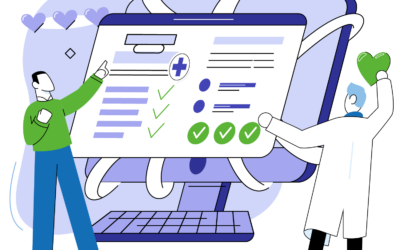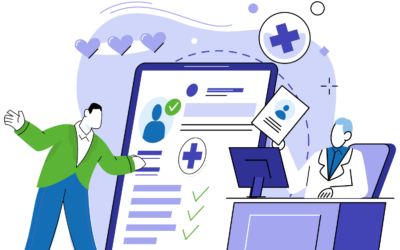5 Tips for Improving the Efficiency of Your Practice’s Front Desk

For most medical practices looking to improve their efficiency and the care they provide to their patients, there is always room for improvement. But many times, deciding where to start can be the most overwhelming part.
Oftentimes, medical practices turn first to their front desk or office, as this is where the patient begins their experience. By first improving the efficiency of your practice’s front desk, you can then move to other areas of your practice.
Below are 5 tips to improve the efficiency of your practice’s front desk.
1. Use Electronic Patient Eligibility Verification
Over recent years, there has been a trend of change in patients’ insurance policies. For many policies, patients are now responsible for larger deductibles and more frequent copays. For this reason, most medical practices use some form of eligibility verification, whether it be by phone, fax, or web. Additionally, implementing software to quickly check eligibility can eliminate scenarios where the patient’s plan has expired or the carrier does not cover certain procedures.
By automating this process, your front desk can verify patient eligibility on a larger scale and at a faster pace.
2. Have Clear Payment Guidelines in Place
Considering that many patients’ insurance policies have changed, are changing, or will change, it’s important to have clearly stated payment guidelines, for both your patients and your staff. For example, make it a habit for your staff to verify eligibility and collect copays before the patient sees a physical. Also, consider keeping an updated and visible copy of your patient payment policy at the front desk, so patients have access to the information they should know.
3. Use an EHR to Manage Patient Information
Utilizing your electronic health record system is a great way to stay on top of the vast amount of patient information at your practice. By having all of your patients’ information easily available, you will be able to serve them quicker and more efficiently. For example, if you need to find all patients taking a certain type of medicine, in the event that that medicine gets pulled from the market, you can easily find the associated patients and pass the information along.
4. Improve Phone Service
Phone communication is essential to a healthy, smooth-running practice. Between patients calling in with questions, communication with pharmacies, and appointment scheduling, it may seem like your phone never stops ringing. Consider keeping a call log, taking note of who is calling, their reason for calling, and whether or not they’ve had their questions answered. This will not only improve your communication with your pharmacy, but it will provide a better experience to patients. Consider setting up a user-friendly automated voicemail system for the likelihood of the line being busy.
5. Systematize How You Send Messages
The way you communicate within the office is critically important to your practice’s efficiency—as well as to the care you provide your patients. If you use paper slips to send messages, consider color-coding these slips based on the importance and/or content of the message itself. You can also consider taking your messaging paperless, choosing to communicate via email or an instant message platform.


